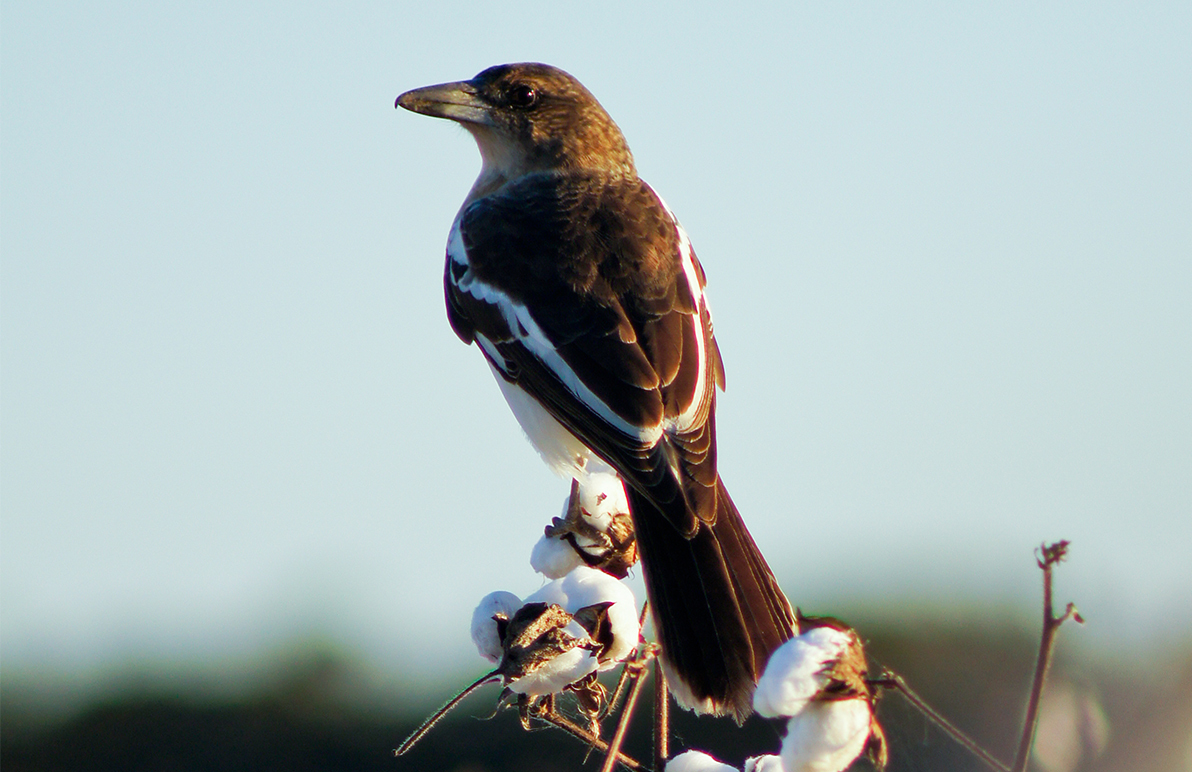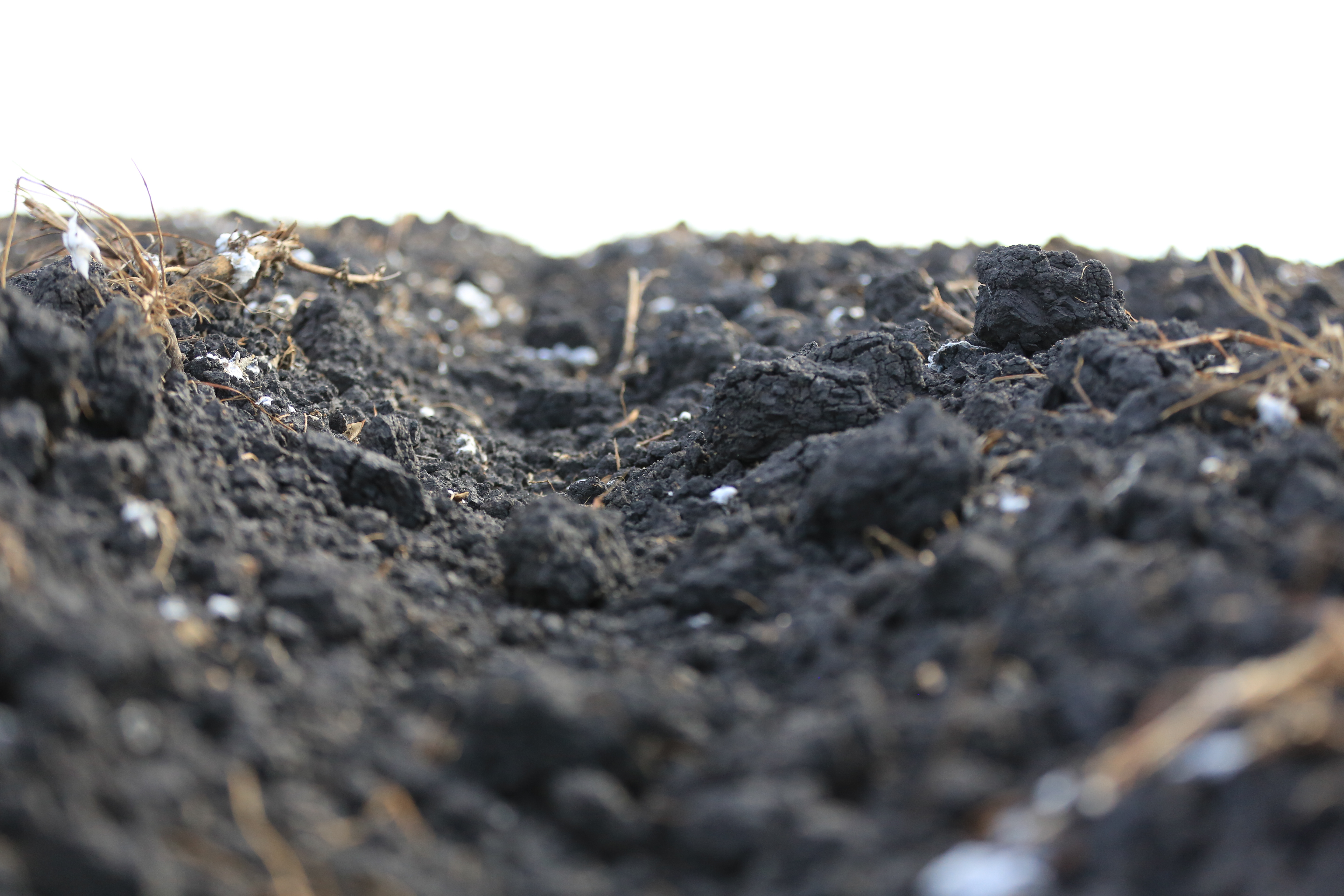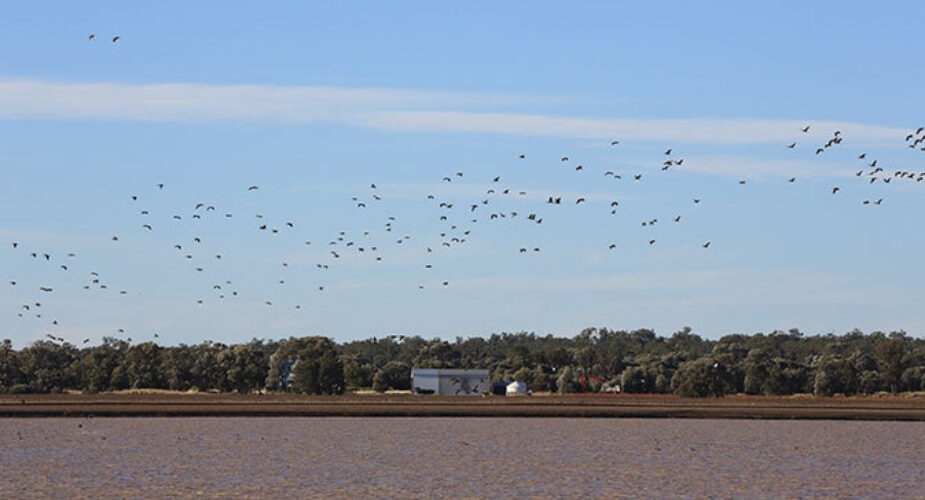Biodiversity and cotton
- Biodiversity is the variety of life forms found in an environment.
- The environment and farms benefit from the management of biodiversity and natural resources.
- Cotton growers encourage beneficial insects and predator pests into cotton crops as part of Integrated Pest Management (IPM) systems.
Biodiversity refers to the variety of life forms found in an environment, including animals, plants, bacteria, fungi and micro-organisms. Australian cotton farms exist in a diverse natural ecosystem, interacting with the soil, water and biodiversity of the landscape.
Managing biodiversity and natural resources surrounding cotton farms provides benefits to the environment and the farm.
The Australian cotton industry is committed to the careful and responsible management of the natural environment. Growers use natural resources to help manage pests and to store carbon in the soil and vegetation. The industry also works with research organisations, state governments, local natural resource management organisations and groups such as Landcare to play its part in responsible landscape management.
Part of the industry’s work is to better understand vegetation on cotton farms and the broader landscape, including ecosystem services such as carbon storage, erosion control, natural pest control, providing habitat, and biodiversity value. Also of importance is exploring how the industry can improve its management practices of riparian lands to contribute towards their improved health.
myBMP (Best Management Practices), the cotton industry’s environmental management program, helps growers to manage the natural environment by ensuring they are operating at the highest level. myBMP modules, including Sustainable Natural Landscape and Integrated Pest Management work towards achieving this goal.
The industry’s on-ground extension team – CottonInfo – supports growers in adopting the latest best practices based on research and development.
Independent assessments have shown that Australian cotton growers have improved soil and native vegetation management, which is contributing to improved biodiversity.
Largely due to best management practices from growers, Australian cotton farms are vibrant, active ecosystems where both nature and cotton production can happily thrive.

Plants
Healthy native vegetation provides important buffer zones, harbours beneficial insects and nature’s pest controllers (birds and bats), reduces soil erosion, provides habitat, and helps keep waterways healthy.
Connecting remnant vegetation and replanting native species can help improve biodiversity by extending habitat and providing natural corridors for animals to move along.
Well-managed native pastures are not only excellent for cattle feed and are relatively drought tolerant, but help improve biodiversity, such as bird life, on cotton farms.
Native vegetation provides windbreaks that reduce soil erosion and act as a buffer to the application of sprays such as herbicides. Leaving standing and fallen dead timber, rocks and understorey shrubs provide habitats for native plants and animals.
Sowing small areas of local native grasses as a nursery for seed collection allows restoration on other areas of the farm.

Animals
Bats, birds, ants, wasps and other predatory insects help control pests that attack cotton plants.
Cotton growers encourage beneficial insects and predator pests into cotton crops as part of IPM systems. This reduces the need for pesticides and encourages natural pest eradication.
Native animals living in healthy native vegetation help keep the right balance of pests and predators.
A 2015 study found more than 55 species of waterbirds on farm water storages within the Namoi & Gwydir valleys (cotton growing areas in NSW).
An earlier bird study of 19 water storages on nine cotton farms in the Gwydir Valley recorded 42,495 birds representing 45 different species, including many of conservation significance.
450 species of invertebrates have been recorded in one cotton field during summer.
Cotton properties and their surrounding landscapes are home to important Australian plant and animal species, such as migratory birds and threatened animal species.
Feral animals and weeds have a negative impact on Australia’s biodiversity. Cotton growers participate in feral pest control programs to protect native plants and animals, as well flora and fauna monitoring programs such as recording animal tracks, diggings, footprints, scat, chewed bark, nests, spider webs and bird calls.

Soils
Cotton is grown on floodplains where the soils are younger and more fertile than most Australian soils.
The major soil types in which cotton is grown is grey, brown and black Vertosols (around 75 per cent) that are naturally fertile, have high clay content and strong shrink-swell capacities and have a naturally high water-holding capacity.
Soil that is full of nutrients and organic matter and can store moisture grow higher-yielding crops, contribute to water use efficiency, and break down residual herbicides faster.
Many cotton growers are using minimum or no-till farming systems (where the soil is not ploughed, and stubble is retained and planted into), which has seen dramatic improvements in soil health, retaining moisture and nutrients, and a reduction in diesel fuel usage.
Cotton is grown in rotation with other crops such as wheat, chickpeas and sunflowers (legumes) to increase nutrient levels in soil. The fields are sometimes left ‘fallow’, allowing a natural build-up of nutrients in the soil.
Many cotton farmers use organic fertilisers, such as chicken and feed lot manures, and some are experimenting with bio-solids, or human waste products.
To see more about what the Australian cotton industry is doing to improve the natural environment on farm, visit this website.
Case study: vegetation on cotton farms
A 2019 study combined cross-industry data to present a snapshot of the current state of biodiversity in the cotton landscape (cotton farms plus a five-kilometre buffer). The study will help the industry understand where it needs to focus its efforts around biodiversity to better manage the environment’s health.
A total of 490 vegetation types were mapped in the study, with the most extensive being Coolibah open woodland, Black Box open woodlands, Poplar Box woodlands, and various grassland communities. River Red Gum was found along all the major rivers in the cotton landscape (2rog Consulting 2019: Biodiversity Assets of NSW and QLD Cotton Growing Areas: Synthesis of data and identification of priority areas).
The study found about 35% of the cotton landscape and properties comprised an ecosystem with ‘high’ or ‘very high’ diversity, with eastern parts of the Brigalow Belt South region and Liverpool Plains having notably high ecosystem diversity.
Almost 50% of the surrounding cotton landscape and 40% of cotton properties exhibited ‘high’ or ‘moderate’ native vegetation condition.
A total of 16,340 individual wetlands were mapped in the cotton landscape, covering 9,800 km2 (about 7% of the region). These included two Ramsar-listed wetlands and 11 wetlands of national importance. Cotton properties contained 6,625 individual wetlands including parts of both Ramsar sites.
A total of 35 rivers and 149 major creeks were found to flow through cotton properties in NSW and QLD, with a combined length of about 7,300km. A further 10,480km of minor creeks intersected cotton properties. Most of the land that was close to rivers or major creeks retained native vegetation.
Growers actively managed and protected their riparian zones by:
- Fencing and selectively grazing
- Excluding grazing
- Controlling weeds and pests
- Providing alternative water points for stock
- Maintaining filter, buffer strips of vegetation
- Planting native trees and other vegetation


